SUBSCRIPTION POV #20
By Morten Suhr Hansen
2021 has been another eventful year in the subscription world – both in Denmark and in the rest of the world. Many new subscription concepts have seen the light of day and more and more companies are thinking subscription-first when laying out their strategy for the coming year.
But what are the biggest trends here at the start of 2022? What should we look out for and which subscription trends and tendencies will affect the new year and the years to come? Here is my take on five big trends that are worth keeping an eye on in 2022.
1. The streaming war has replaced the soda war of the ’80s and the sneaker war of the ’00s
We are now two years inside the grand streaming war and the global fight for subscribers that kicked in when Disney+ and Apple TV+ were launched in 2019. In the past year, Paramount+ has entered the market and the war between the giants has been intense. The streaming giants are prepared to spend $10,7 billion dollars on content production in 2022, and at the yearly award shows for movies and TV shows, it is these same streaming services that take away the most awards.

Just a few years ago it looked like a war between Netflix and Amazon Prime, but now it seems, for the first time, that Disney+ has managed to join the fight, with an impressive 118 million subscribers acquired in just two years. So, the grand wars that we saw in the ’80s between Coca-Cola and Pepsi, and in the ’00s between Nike, Puma, and Adidas, has now been replaced by the fight for our time in front of the screen.
2. Will ownership soon be dead? We keep subscribing to more and more products
We have long been talking about the switch from ownership to usership. This trend has been apparent for a few years when it comes to automotive vehicles. But now, this situation is becoming real for many other types of slow-moving consumer goods (often referred to as Assets-as-a-Service). Take glasses as an example. Judging by the massive marketing pressure, there is currently a fight going on between the major optician chains to make of subscribe to our glasses instead of buying them.

In Denmark, the market leader is Synoptik, who pioneered the glasses subscription, but others are moving into the market. And for consumers, it is an obviously good idea: Subscribing to your glasses with the opportunity to change them often and with all thinkable services included in the price of the subscription. We can see the same tendency in bikes and electronics, and the first Danish companies are now on the way with furniture subscriptions as well.
3. The large industrial companies are now offering services, not products
A little less apparent than the streaming war and the many commercials for glasses, cars, and bikes on subscription is the revolution that many large industry giants are going through in these years. Here, many years of focus on delivering products to customers has been replaced by a focus on services – Take the German industry leader Heidelberg, the world’s largest producer of printing machines. They (preferably) no longer sell their printing machines to customers. They prefer installing them for the customer and letting them subscribe to the machine and the service that comes with it.

And the customers love it, since there is no longer a need for upfront investments, and perhaps even more because of the service and convenience included in the deal.
Large as well as small Danish industrial companies are thinking along the same lines and many have already begun to transform their business. And more will follow.
4. Subscription companies are valued at record prices – and sales are rolling!
Der gik lidt af et sug igennem den skandinaviske abonnementsverden, da den norske virksomhed NutraQ, der bl.a. står bag abonnementsprodukterne VitaePro og Oslo Skin Lab, blev opkøbt af den norske gigant Orkla for en pris på 3,1 milliarder norske kroner (ca. 2,3 milliarder danske kroner). En virksomhed med 150 ansatte og en omsætning på 862 millioner norske kroner. Endnu et vidnesbyrd om at abonnementsvirksomheder har en højere ’valuation’ end transaktionsbaserede virksomheder. Det gælder også for børsnoterede virksomheder. Eksempelvis, skrev jeg i løbet af 2021 om amerikanske Salesforce, der nu har en samlet værdi på hele 283 milliarder dollars – 13 gange virksomhedens omsætning!
It was big news in the Scandinavian subscription world, when Norwegian NutraQ, the company behind subscription products like VitaePro and Oslo Skin Lab was acquired by Norwegian giant, Orkla, for no less than 3,1 billion NOK (approx. $340 million dollars). A company with 150 employees and a revenue of 862 million NOK. Another testimony to subscription businesses having higher valuations than transaction-based companies. This is also true for publicly traded companies. For example, in 2021, I wrote about American Salesforce that now has a valuation of $283 billion dollars – 13 times the revenue of the company!

Også danske abonnementsvirksomheder var eftertragtede i 2021. De to førende teknologivirksomheder indenfor abonnementsadministration, Reepay og Upodi, blev begge solgt til udenlandske virksomheder for høje beløb. Jeg tror handlen med abonnementsvirksomheder vil fortsætte i dette år også.
Even Danish subscription companies were sought after in 2021. The two leading technology companies within subscription administration, Reepay, and Upodi, were both sold to foreign companies at very high prices. I think the trade of subscription companies will continue in this year as well.
5. The subscription fatigue has been called off – but consumers are getting smarter and more critical
I mange år gennem 10’erne talte man ofte om fænomenet ’subscription fatigue’. Eller på dansk: Abonnementstræthed. Tanken var, at på et eller andet tidspunkt må abonnementsbølgen vende. Forbrugerne bliver trætte af at abonnere og vil hellere være frie igen, lød argumentet. Men abonnementstrætheden har ikke indfundet sig. Tværtimod er forbrugerne vilde med abonnenter. Det viser vores egen store abonnementsundersøgelse, Scandinavian Subscription Survey, fra sidste år. Vi abonnerer på mere end for fem år siden, og vi forventer at abonnere på endnu mere i fremtiden. Særligt måltidskasser og andre forbrugsvarer er efterspurgt af forbrugerne fremadrettet.
For many years, up through the ’10s we heard about the term “subscription fatigue”. The theory was that, at some point, the subscription movement had to turn. Consumers would get tired of subscribing and would want to be “free” again, the claim was. But the subscription fatigue never came. On the contrary, consumers are loving subscriptions, more than ever before. You can see this in our own survey, The Scandinavian Subscription Survey, from last year. We are subscribing to more services than five years ago and we expect to subscribe to even more of them in the future. Especially meal boxes and other consumer goods are rising in popularity with consumers.

During the pandemic, we have seen an increasing demand for subscription products that make every day more fun and more luxurious: Champagne and wine boxes, beauty products, toys, and creativity are some of the things that consumers love to subscribe to.
However, at the same time, consumers have become keen buyers of subscriptions. They have become very good at administrating them and canceling the ones that they no longer need. ‘Set-in-and-forget-it’ is no longer an eligible strategy for a subscription company.
These were my five suggestions for the biggest subscription trends at the start of 2022. What do you think will be the most important subscription stories, when we look back on 2022, in a year’s time?


